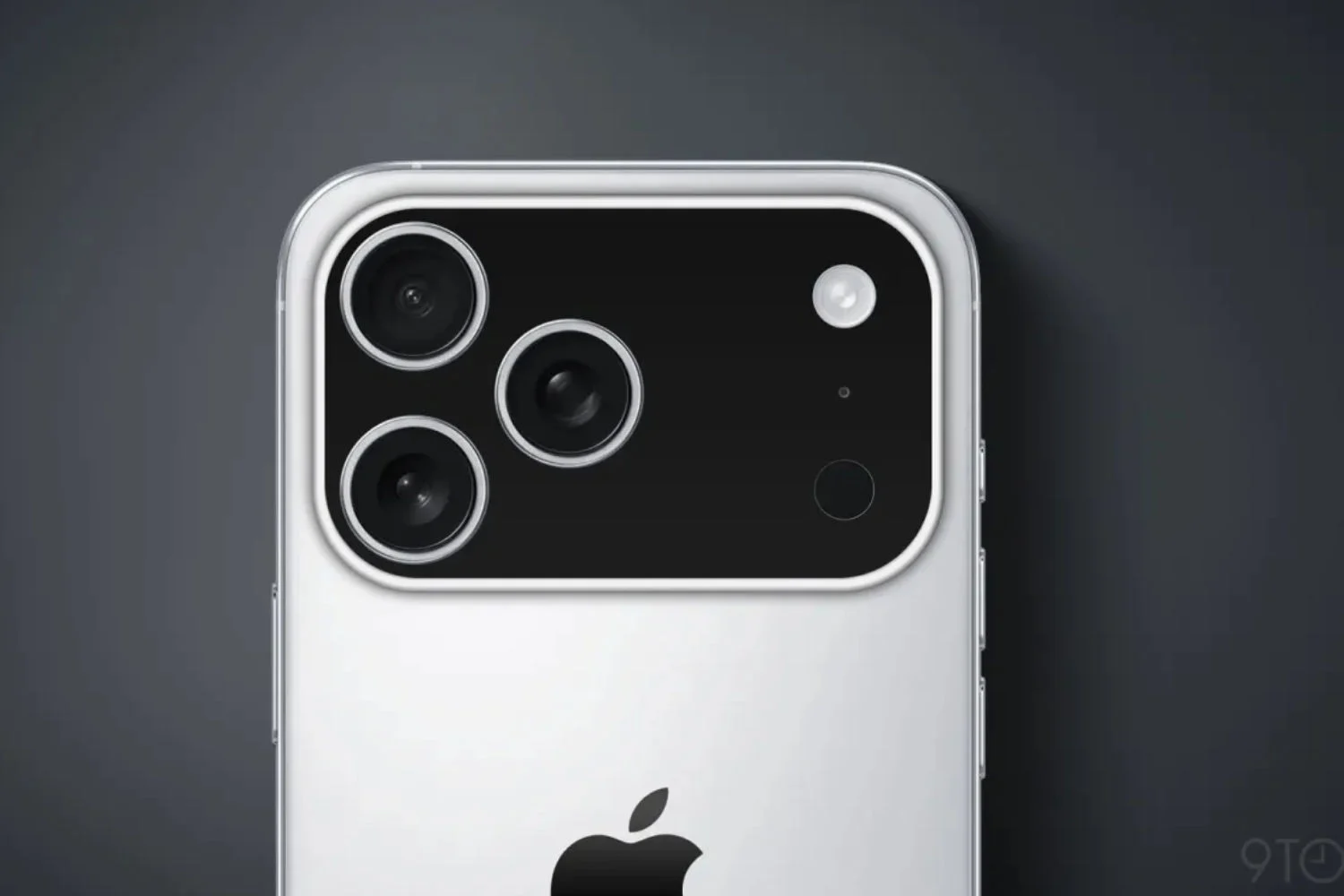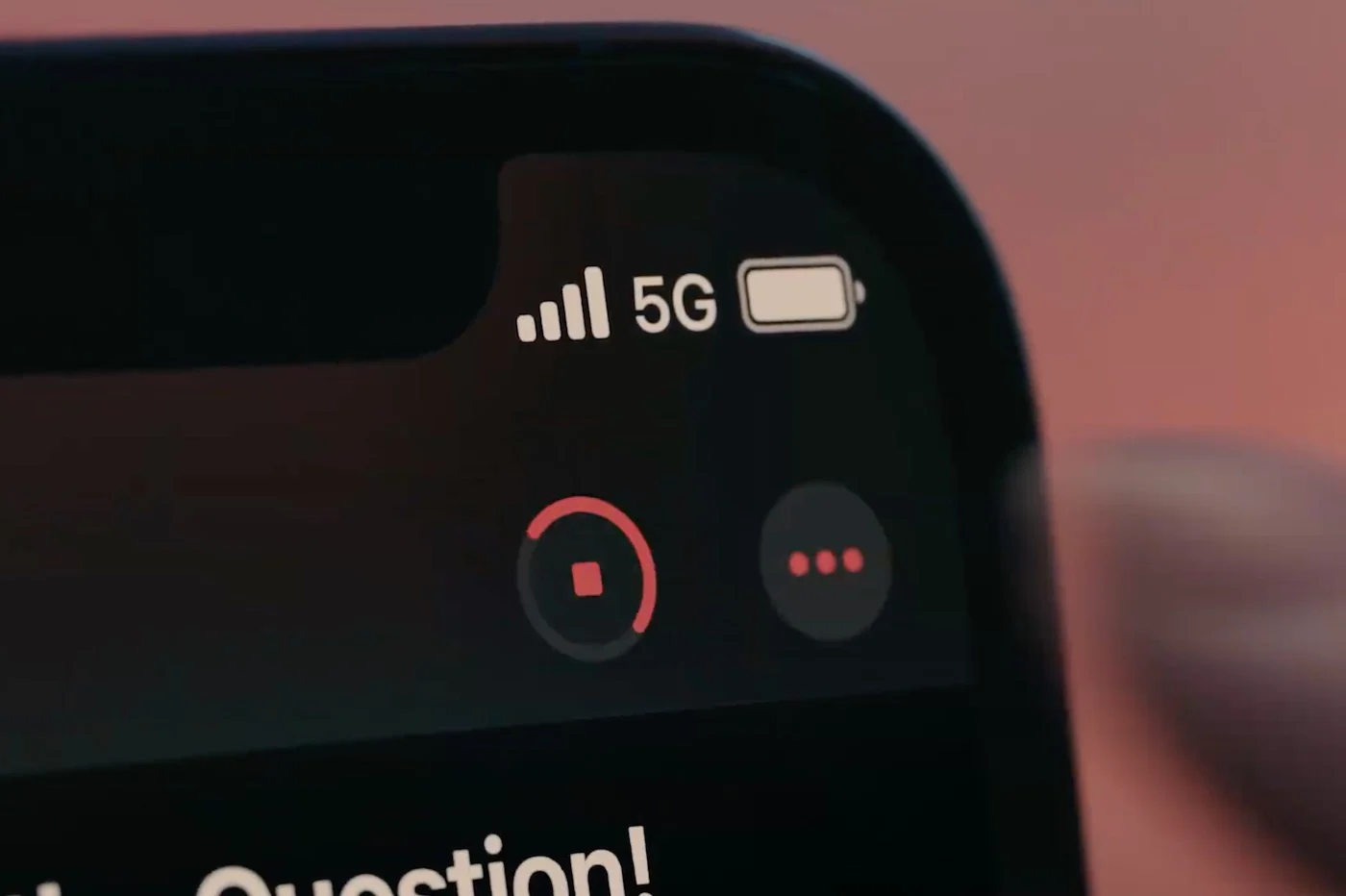Apple introduced spatial audio for video calls to FaceTime with macOS Monterey in 2021. The feature is now available on Macs and PCs inMicrosoft Teams. Thanks to spatial audio, the user has the illusion that their interlocutors are physically present and positioned in space as they appear on the screen.
For Microsoft, the arrival of this technology is very important, it is “much more than a gadget” assure the brand's communications teams.“Teams Spatial Audio aligns each participant's perceived audio location with their video representation to make it easier for users to track who is speaking, better understand when multiple speakers are speaking at the same time, and reduce meeting fatigue and cognitive load . »
An experiment from the 1950s, now renamed the theorycocktail evenings, explains that directional audio is the best way to focus on an audio stream in a noisy environment. To make the option work as best as possible, Microsoft recommends, like Apple on FaceTime, using headphones.
A binaural sound
The sound can then be placed between the two ears in a clever balance, allowing users to precisely follow who is speaking. Ironically, The Verge noticed that Microsoft's wireless headphones, the Surfaces and Surface 2, do not support spatial audio.
It will therefore be necessary to useAirPodsor wired headphones to benefit from this technology in the coming weeks on Teams. Spatial audio is currently not available on other videoconferencing services. Zoom has a very similar option called “directional audio”. For Google Meet, spatial audio has arrived on the Pixels 6 and 7, but has yet to export to other devices.

i-nfo.fr - Official iPhon.fr app
By : Keleops AG






